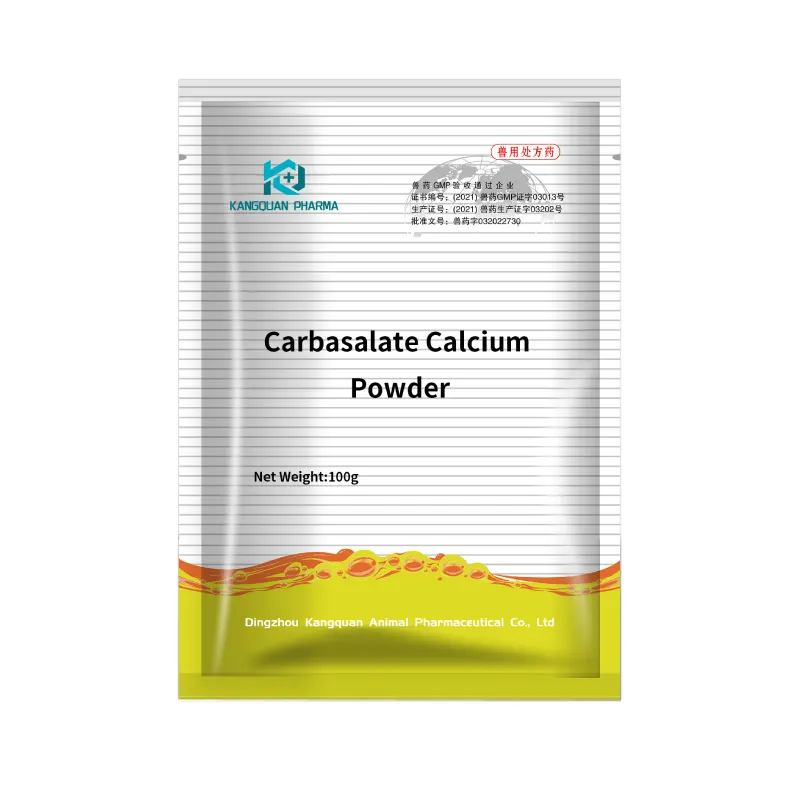- Afrikaans
- Albanian
- Amharic
- Arabic
- Armenian
- Azerbaijani
- Basque
- Belarusian
- Bengali
- Bosnian
- Bulgarian
- Catalan
- Cebuano
- Corsican
- Croatian
- Czech
- Danish
- Dutch
- English
- Esperanto
- Estonian
- Finnish
- French
- Frisian
- Galician
- Georgian
- German
- Greek
- Gujarati
- Haitian Creole
- hausa
- hawaiian
- Hebrew
- Hindi
- Miao
- Hungarian
- Icelandic
- igbo
- Indonesian
- irish
- Italian
- Japanese
- Javanese
- Kannada
- kazakh
- Khmer
- Rwandese
- Korean
- Kurdish
- Kyrgyz
- Lao
- Latin
- Latvian
- Lithuanian
- Luxembourgish
- Macedonian
- Malgashi
- Malay
- Malayalam
- Maltese
- Maori
- Marathi
- Mongolian
- Myanmar
- Nepali
- Norwegian
- Norwegian
- Occitan
- Pashto
- Persian
- Polish
- Portuguese
- Punjabi
- Romanian
- Russian
- Samoan
- Scottish Gaelic
- Serbian
- Sesotho
- Shona
- Sindhi
- Sinhala
- Slovak
- Slovenian
- Somali
- Spanish
- Sundanese
- Swahili
- Swedish
- Tagalog
- Tajik
- Tamil
- Tatar
- Telugu
- Thai
- Turkish
- Turkmen
- Ukrainian
- Urdu
- Uighur
- Uzbek
- Vietnamese
- Welsh
- Bantu
- Yiddish
- Yoruba
- Zulu
dec . 13, 2024 09:11 Back to list
synalten fluocinolone acetonide gentamicin sulfate
Understanding Synalten A Combination of Fluocinolone Acetonide and Gentamicin Sulfate
In the realm of dermatological treatments, the combination of fluocinolone acetonide and gentamicin sulfate, often marketed under the name Synalten, plays a pivotal role in addressing various skin conditions that involve inflammation and bacterial infection. This article will delve into the components of Synalten, their mechanisms of action, specific uses, and potential side effects to provide a comprehensive understanding of this medication.
Components of Synalten
Synalten is a topical preparation that contains two primary ingredients fluocinolone acetonide and gentamicin sulfate.
1. Fluocinolone Acetonide This is a potent corticosteroid that helps reduce inflammation, itching, and redness associated with dermatological conditions. By inhibiting the release of inflammatory mediators, fluocinolone acetonide effectively alleviates symptoms related to skin disorders such as eczema, dermatitis, and psoriasis.
2. Gentamicin Sulfate This is an antibiotic that falls under the category of aminoglycosides. Gentamicin is effective against a broad spectrum of gram-negative bacteria and some gram-positive bacteria. It works by inhibiting bacterial protein synthesis, leading to the death of the bacteria, which is particularly beneficial for treating secondary infections that may arise from skin conditions.
Mechanism of Action
The unique combination of fluocinolone acetonide and gentamicin sulfate in Synalten is designed to tackle both inflammation and infection. Fluocinolone acetonide acts on the immune response in the skin, helping to modulate inflammatory reactions. By doing so, it not only reduces discomfort and visible symptoms but also creates a more favorable environment for healing.
On the other hand, gentamicin sulfate targets the bacterial component of skin conditions. Infections can complicate the healing process, making it crucial to manage bacterial growth effectively. The antibiotic properties of gentamicin ensure that any potential infection is addressed promptly, promoting faster recovery.
Indications for Use
Synalten is indicated for various dermatological conditions that are characterized by inflammation and infection
. Some common indications includesynalten fluocinolone acetonide gentamicin sulfate

- Eczematous dermatitis - Allergic contact dermatitis - Psoriasis - Folliculitis and other bacterial skin infections
Dermatologists often prescribe Synalten to patients who present with these conditions, particularly when there is evidence of coexisting bacterial infection.
Application and Dosage
The application of Synalten is straightforward, as it is typically applied to the affected area of the skin. Patients are usually advised to apply a thin layer of the cream or ointment one to two times a day, depending on the severity of the condition. It is essential to follow the prescribed dosage to minimize the risk of potential side effects.
Potential Side Effects
While Synalten can be highly effective, it is not without risks. Patients may experience side effects such as
- Local irritation, burning, or itching at the application site - Dryness or peeling of the skin - Hypopigmentation (lightening of the skin) in some cases - Prolonged usage may lead to systemic effects due to absorption of fluocinolone
Patients are advised to inform their healthcare provider about any persistent or worsening symptoms following the application of Synalten.
Conclusion
Synalten, a combination of fluocinolone acetonide and gentamicin sulfate, represents a significant advancement in the treatment of inflammatory skin conditions complicated by bacterial infections. By addressing both inflammation and infection, Synalten provides a dual-action solution that can facilitate a more rapid and effective healing process. However, like all medications, it is important to use Synalten under the guidance of a healthcare provider to ensure safe and effective treatment. Always consult with a dermatologist for personalized advice and treatment options tailored to individual needs.
-
Guide to Oxytetracycline Injection
NewsMar.27,2025
-
Guide to Colistin Sulphate
NewsMar.27,2025
-
Gentamicin Sulfate: Uses, Price, And Key Information
NewsMar.27,2025
-
Enrofloxacin Injection: Uses, Price, And Supplier Information
NewsMar.27,2025
-
Dexamethasone Sodium Phosphate Injection: Uses, Price, And Key Information
NewsMar.27,2025
-
Albendazole Tablet: Uses, Dosage, Cost, And Key Information
NewsMar.27,2025













